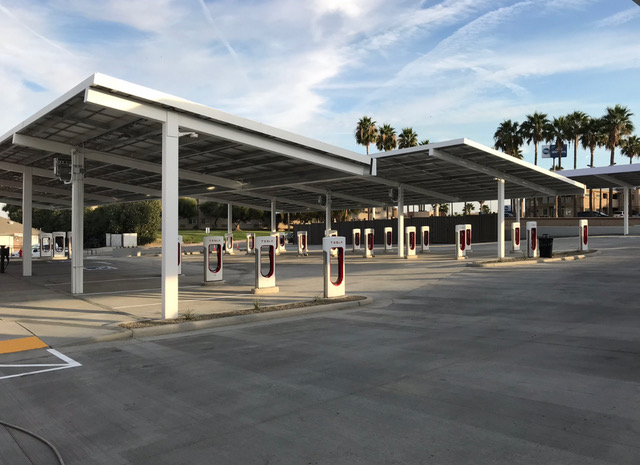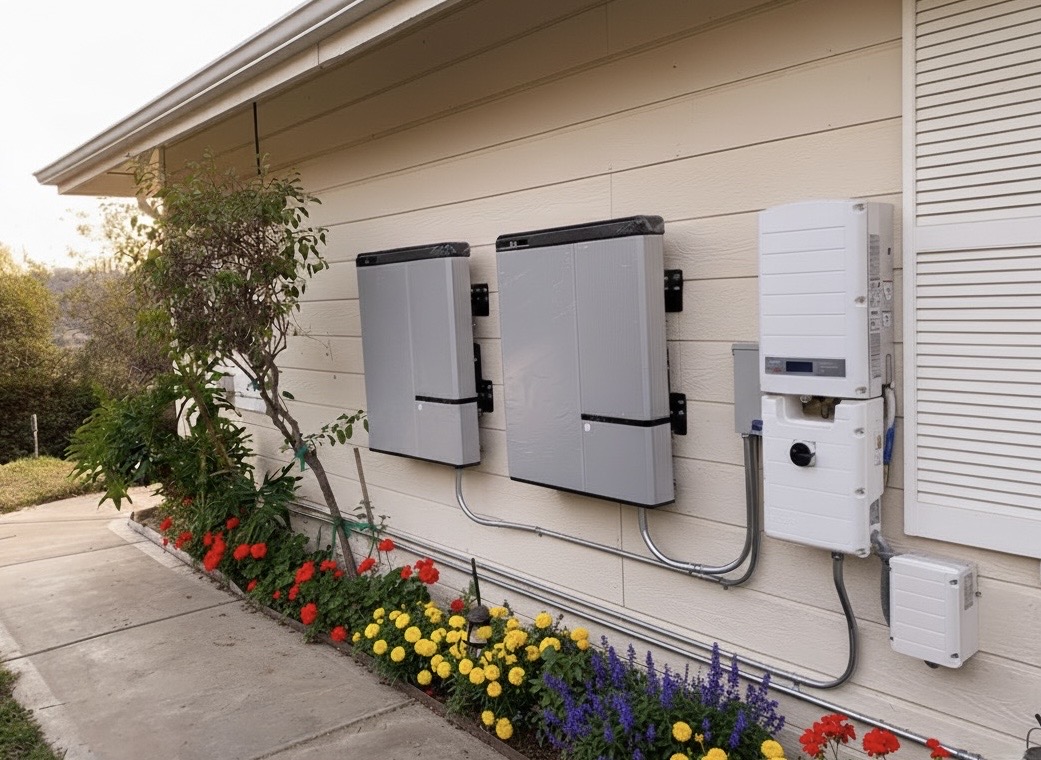Residential Dedicated Equipment Circuits in Altadena
Professional Dedicated Equipment Circuits services for Altadena homes and businesses. Expert electrical installation with fire-resistant design, modern safety features, and full code compliance.
Our Work



Benefits
Future-ready power design
We design circuits with tomorrow’s needs in mind. Our installations include scalable panel layouts with labeled spare spaces for planned additions—studio expansions, workshop upgrades, future ADU feeds, or additional EV circuits. We specify copper THHN/THWN-2 conductors in rigid metal conduit (RMC) or electrical metallic tubing (EMT) for exposed runs, with strategic pull strings for easy additions. We support smart panels (Leviton, Span), energy monitoring systems, whole-home surge protection (Type 1 or Type 2 SPD), and modern AFCI/dual-function breakers. The result is a well-documented, tidy system ready for the next creative project, workshop tool, or appliance upgrade—built to support Altadena’s maker culture and independent lifestyle.
Permitting and code assured
Shaffer Construction manages all permitting with the Los Angeles County Department of Public Works, performs detailed NEC Article 220 load calculations, and installs to the 2023 California Electrical Code. We apply appropriate protection—GFCI (210.8), AFCI (210.12), EVSE (Article 625), and service surge protection (230.67). Our installations feature torque-verified terminations to manufacturer specifications, clear panel directories, proper labeling, and complete documentation. From initial application through final inspection sign-off, we handle the paperwork and keep your project compliant and on schedule.
Craftsmanship and reliability
We use premium components matched to your system—Eaton, Square D, Siemens, or Leviton breakers compatible with your panel brand; copper conductors sized for both ampacity and voltage drop over long runs; heavy-duty, tamper-resistant, weather-resistant receptacles where required. Workshop and outdoor installations use corrosion-resistant hardware, appropriate box types, and weatherproof covers. We torque all lugs and terminations with calibrated tools, verify polarity and grounding, test GFCI/AFCI functionality, and document voltage readings. Clean penetrations through walls and floors, proper firestopping and sealing, neat labeling, and attention to both safety and aesthetics produce installations that look as good as they perform—built to last in Altadena’s mountain-foothill environment.
Tailored planning and routing
Every Altadena home is unique—from craftsman bungalows with limited attic access to hillside properties requiring creative conduit routing across rocky terrain. We begin with a thorough on-site assessment, reviewing equipment specifications, measuring distances to detached structures, evaluating crawlspace and attic access, and identifying the shortest, least-invasive path. We perform NEC load calculations, confirm panel capacity and breaker compatibility, and select conductor sizes accounting for run length and voltage drop—critical for long runs to studios, workshops, and detached garages. We discuss any necessary drywall access, coordinate patching options, and schedule work around your routine. For workshop and studio circuits, we plan for future expansion and multiple-outlet convenience. The result is a clear, predictable installation plan tailored to your home’s architecture and creative needs.
Frequently Asked Questions
Do I need a permit in Altadena to add a dedicated circuit for my workshop equipment or appliances?+
Yes. The Los Angeles County Department of Public Works, Building and Safety Division, requires electrical permits for new dedicated circuits, including those for workshop tools, kilns, EV chargers, and appliances. Processing typically takes 2-4 weeks including any plan review and permit issuance. We handle all permit applications, respond to reviewer questions, and schedule the final inspection with LA County inspectors.
My 1950s home has a 100-amp panel. Can I still add circuits for a table saw, kiln, and EV charger?+
It depends on your total calculated load. We perform a detailed NEC Article 220 load calculation to determine available capacity. In many cases, we can add specific high-priority circuits or recommend a service upgrade to 200A. Older panels with obsolete or recalled breaker types (Zinsco, Federal Pacific, Pushmatic) may need replacement for safety, code compliance, and compatibility with modern protective devices. We’ll provide a clear cost comparison and timeline before proceeding.
I need to run power to a detached garage workshop. How do you handle long runs and voltage drop?+
We calculate voltage drop per NEC guidelines and upsize conductors as needed to maintain proper voltage at the load—critical for motor performance and tool operation. For detached structures, we typically run a subpanel feed (often 60A-100A) with proper grounding and bonding, then distribute individual circuits locally. We use RMC or EMT for exposed runs, trench and protect underground conduit properly, and coordinate with your landscaping or hardscape to minimize disruption.
What special considerations apply to pottery kilns, welders, and high-load equipment?+
High-load equipment requires careful circuit design. Kilns often need 240V circuits sized to nameplate ratings (commonly 30A-50A), with appropriate receptacles or hardwire connections and nearby disconnects. Welders may have high inrush current requiring specific breaker types. We review manufacturer installation instructions, calculate conductor sizing including demand factors, and ensure proper protection. For any equipment with sustained high loads, we verify panel bus ratings and consider dedicated subpanels if multiple heavy loads are planned.
Ready to Get Started?
Contact us today for a free consultation and quote on your electrical project!
Contact Us